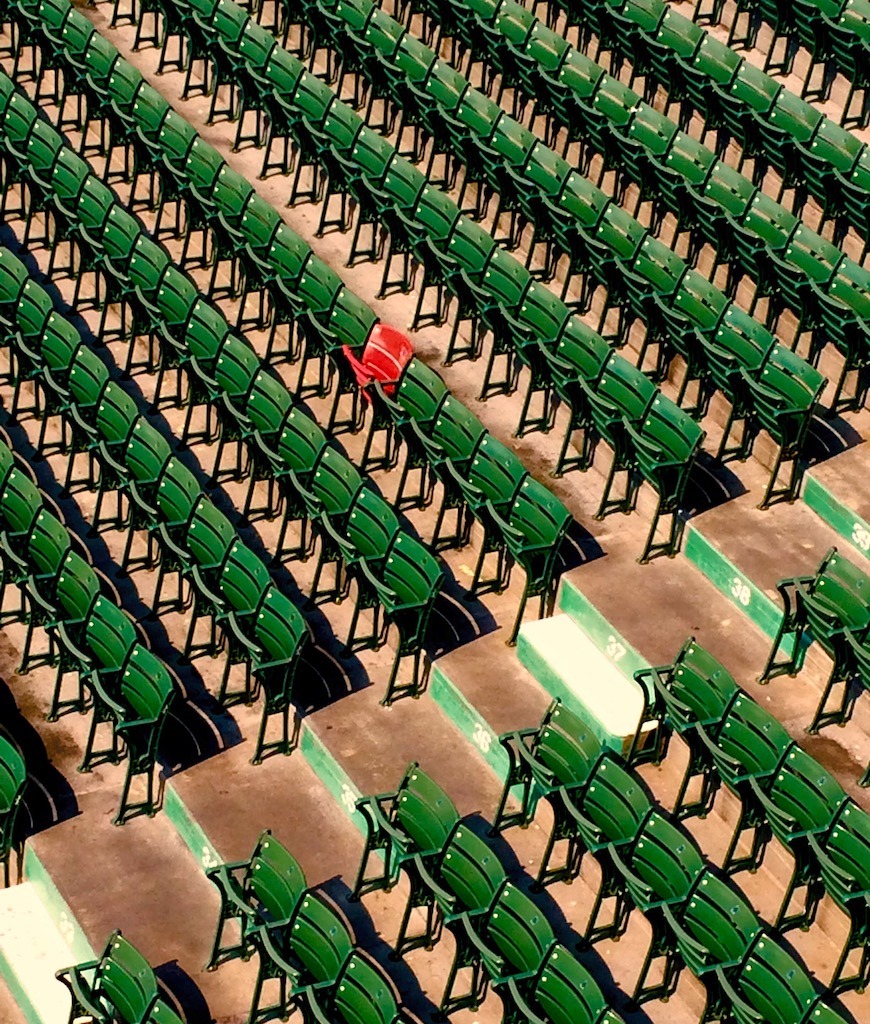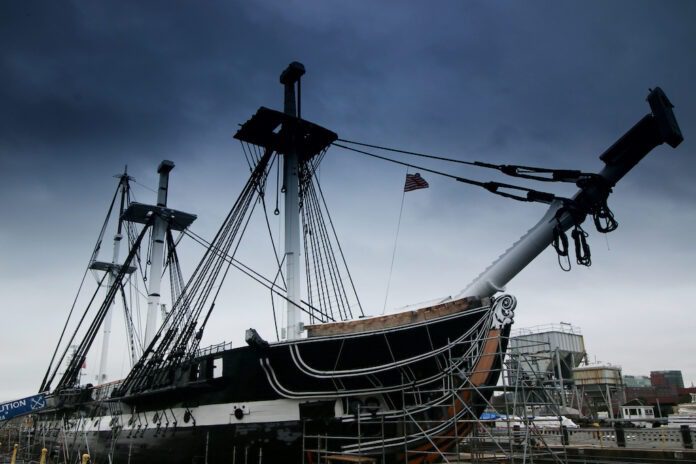There’s so much to see and do in Boston that it can be overwhelming, but we can help. Here’s your guide for one day in Boston.
History
Boston is rich in historical sites. The city of Boston predates the formation of the United States with its founding in 1630 on the Shawmut Peninsula. Simply touring the city could supplement the first critical years of any American History textbook.
Beacon Hill
One of America’s first neighborhoods, Beacon Hill (started on Beacon and Spruce streets) was established by William Blackstone (also: Blaxton) who first placed an orchard and a home there.
Through the revolutionary war and throughout the 18th century, the area became less than desirable for its frequent visits from both American and British soldiers. The area predates the official founding of Boston, established in 1624.
Today, Beacon Hill is one of the most vibrant areas in the city and most expensive. Beacon Hill is also where the Massachusetts State House is located, often substituted for the state government much like Capitol Hill in Washington DC. The State House is open to the public Monday through Friday from 8 AM to 6 PM and the historic building that holds it was constructed in 1787. Both the State House and neighborhood National Historic Landmarks.
If you you only have one day in Miami be sure to check out our One Day In Miami Guide
![]()
Copley Square
Named for the eponymous painter, John Singleton Copley is also known as Art Square for its proximity to the surrounding cultural institutions. Located in the Back Bay neighborhood, the historic site is surrounded by quintessential Boston, like Trinity Church, John Hancock Tower, and the Boston Public Library. Copley Square is also the former site of the Museum of Fine Art.
Paul Revere’s House
“The British are coming! The British are coming!” Paul Revere shouted from his horse during his midnight ride through the city of Boston to warn of the start of the American revolution. One day in Boston would not be complete without a visit here. Kept intact from the 1700s, his home has been converted to a museum reflecting on Revere’s life, contributions to the American Revolution, and the early development of the United States.
The Duck Tour offers three departure points from the Museum of Science, The Prudential Center, and the New England Aquarium. Here are some of the sites that are visited on a Duck Tour:
- Quincy Market
- Post Office Square
- Long Wharf
- Custom House
- Boston Public Library
- Boston Public Garden
- Bull & Finch Pub (“Cheers” bar)
- Granary Burying Ground
- Old State House
- Faneuil Hall
- Holocaust Memorial
- And more than a dozen more locations
Adults tickets cost $45.99, Seniors and Active Military member tickets cost $36.99, children tickets are available for $30.99, and children two and under are free. https://bostonducktours.com
Fenway Park
Perhaps the most iconic baseball stadium in the country is home to the Red Sox, Fenway Park. Built in 1912, Fenway is known for its unique features like the one red seat (signifying the longest home run hit in the park) and including the Green Monster, a greenery-lined wall in the outfield that makes the stadium imposing for visiting teams.

Even for fans of other teams (though perhaps not the New York Yankees) the ballpark is a sight to behold and a memorable part of any trip. In the event that the Red Sox are out of town or not playing, fans can tour the stadium, or catch another event – live music, religious events, and even NFL football games have been played in the country’s second-smallest park by attendance.
https://www.mlb.com/redsox/ballpark/tours
One Day In Boston
While not all of these sites can be visited on the same day, there is an abundance of choices suitable for just about every visitor to Bean Town. Whether it’s history at North Church, and Paul Revere’s house, a stroll through the picturesque Acorn Street in Beacon Hill, a Duck Tour on the Charles River, or catching a game at Fenway – there’s something for everyone.










